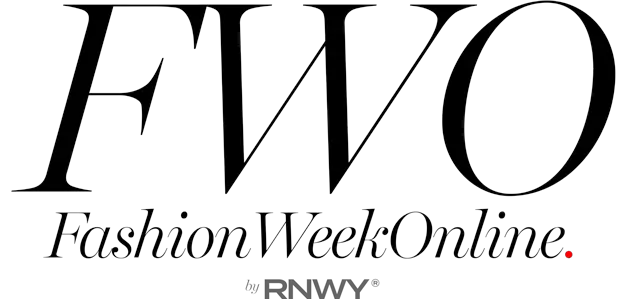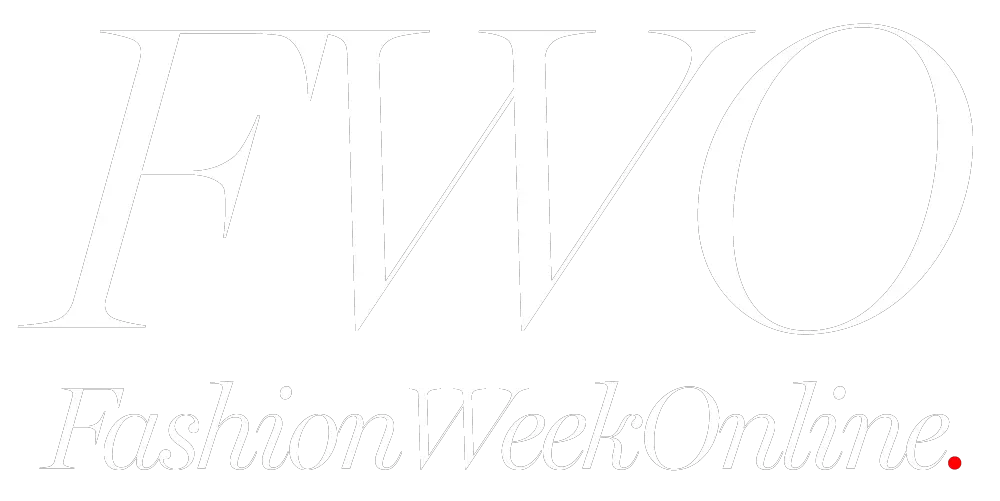An awe-inspiring $500 billion growth in the global apparel market is expected soon. From a not-so-humble $1.5 trillion industry, it could reach $2 trillion by 2026.
These numbers suggest a potential demand for inclusive clothing designs that include people of all ages, ethnicities, socio-economic statuses, gender identities, and physical abilities.
But inclusive marketing isn’t without challenges.
What difficulties do fashion designers face when promoting inclusivity in their designs? How can designers maintain inclusivity in the fashion industry despite these challenges, especially for people with different body types, skin color, and health conditions?
In this article, we’ll talk about the challenges the fashion industry faces as it tries to embrace inclusivity. We’ll also discuss ways the industry can promote and sustain inclusivity to cater to any body type and skin color, even those with medical issues.

The Challenges of Bringing Inclusivity to the Fashion Industry
Discrimination is one of the most significant challenges of introducing inclusive design in the fashion industry. The All-Party Parliamentary Group for Textiles and Fashion (T&F APPG) states that 68% of individuals in the fashion industry have witnessed or experienced discrimination based on their beliefs or appearance.
This figure goes to show that discrimination is still prevalent in the fashion industry. Unfortunately, this behavior may be potentially harmful to the industry since refusal to promote inclusive marketing can cause designers to miss out on a potential revenue stream.
Also, about 87.5% of those surveyed didn’t feel represented in advertising campaigns, the catwalk, or fashion shoots.
In fact, some makeup brands still need to accommodate people of all skin types. Some clothing companies haven’t incorporated curvy or plus-sized clothing into their designs as well.
Despite the growing interest and demand for more inclusive designs, there’s still a lot of work to be done to improve the acceptance of inclusivity in the fashion industry.
About 82.8% of those surveyed believed that the government should actively encourage better representation and inclusion from the fashion industry.
Another challenge is that inclusivity and diversity have only recently become buzzwords within the fashion industry. A Harper’s Bazaar article suggests that many brands and companies still misuse these terms.
It’s a promising trend to see inclusivity and diversity becoming business goals within the fashion circle. But marketers and designers still need to understand the meaning of both words and the accountability involved when using them.
Another area of discussion for inclusive marketing in fashion is the existence of health conditions and physical disabilities.
Certain diseases can affect the fashion choices of some people, especially those with cancer. These individuals need to prioritize accessibility and functionality, especially during treatment.
The Mesothelioma Group website contains information about the stages of mesothelioma, a rare form of cancer, and its treatment options to help guide designers in creating functional clothes for individuals with this disease.
In terms of functionality, some people can argue that an ordinary hospital gown will suffice. Still, some patients may not feel so comfortable with such clothing.
This situation is a potential area for fashion designers to provide functional yet fashionable clothing that patients can comfortably wear in the hospital, especially while undergoing treatment.
How to Sustain Inclusivity in the Fashion Industry
The T&F APPG says that 94.4% of surveyed individuals think that seeing bodies like their own in media images is essential.
This result shows a significant demand for more diverse representation by marketing clothes worn by people of different backgrounds. This situation can be a potential drive to push for sustained, inclusive marketing.
The ideal goal for inclusivity is that it shouldn’t be a one-off trend only. Instead, it must be a sustained campaign that can last long. But sustaining this movement also means understanding what inclusivity stands for.
The Harper’s Bazaar article compares diversity to being invited to a party and inclusivity to being asked for a dance.
This comparison is a good analogy on how brands should consider perceiving both terms: diversity should be the first goal, and inclusivity the second.
In other words, brands and businesses shouldn’t put diversity and inclusivity in one box. Instead, both terms should be treated as separate goals.
When a fashion designer hires a diverse selection of models of different ages, sizes, and ethnicities to showcase the designer’s works on the runway, an observer can consider this as diversity.
But inclusivity digs deeper than that and leads to more questions, like whether the models are comfortable, safe, valued, or happy or whether they get paid the same or different.
In other words, the fashion industry can sustain inclusivity if fashion designers and other professionals learn to ask these profound questions in their decisions.
Consider working with like-minded designers if you’re into fashion design and want to promote inclusive marketing in your industry. Take steps to include diversity and inclusivity in your business goals and make a difference.
You may also work with underrepresented groups and people of various backgrounds. This way, you can integrate their ideas into your designs and make these groups involved.
##





